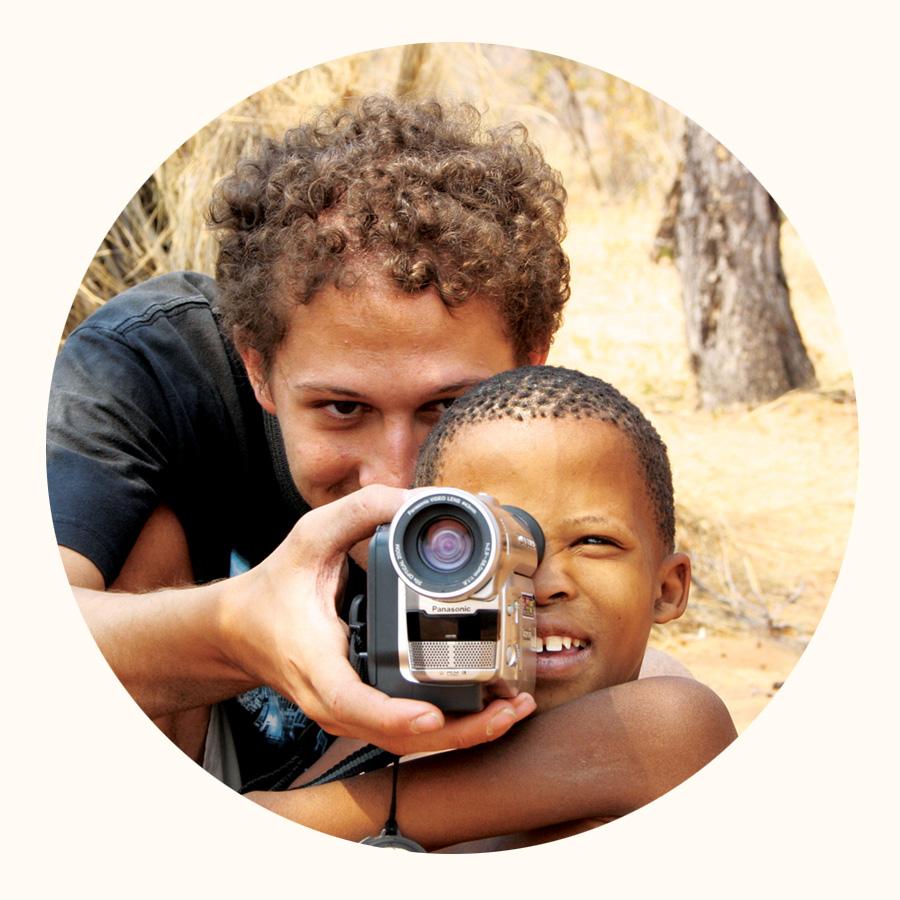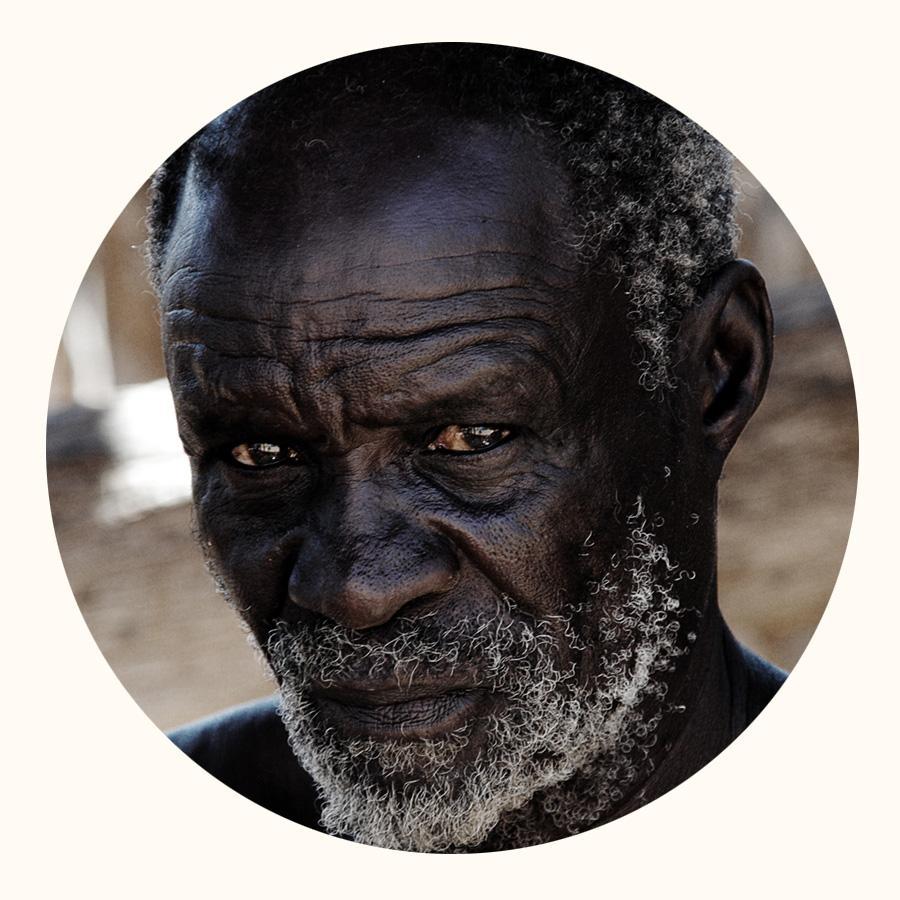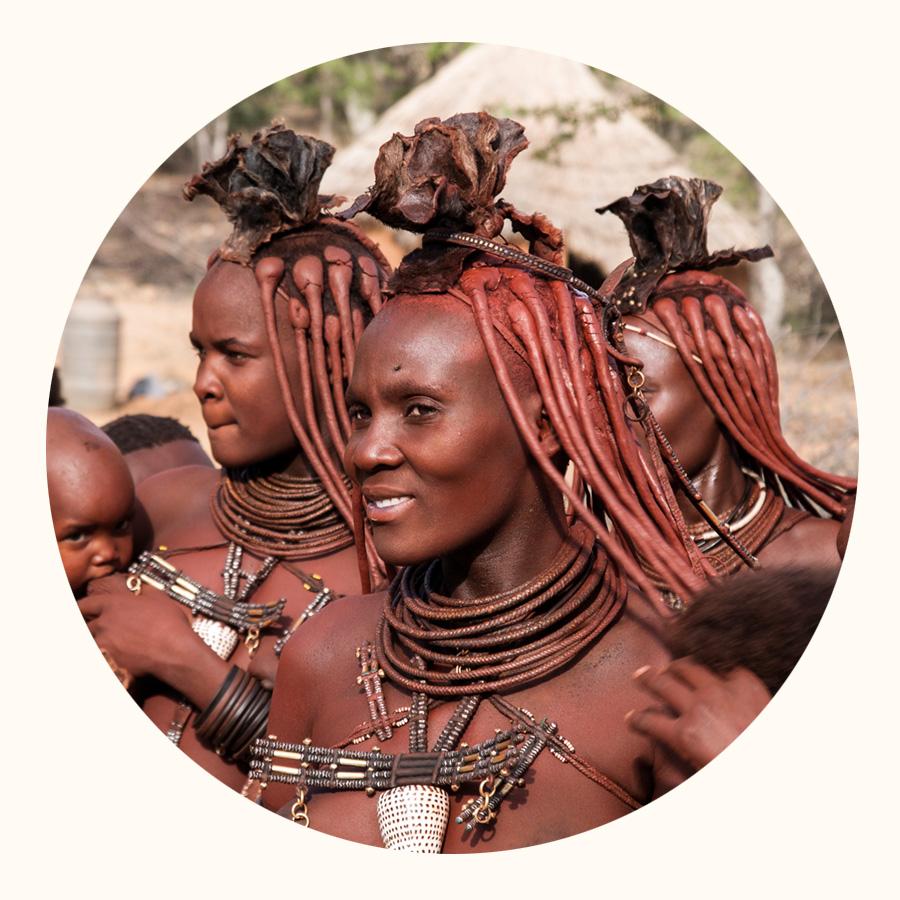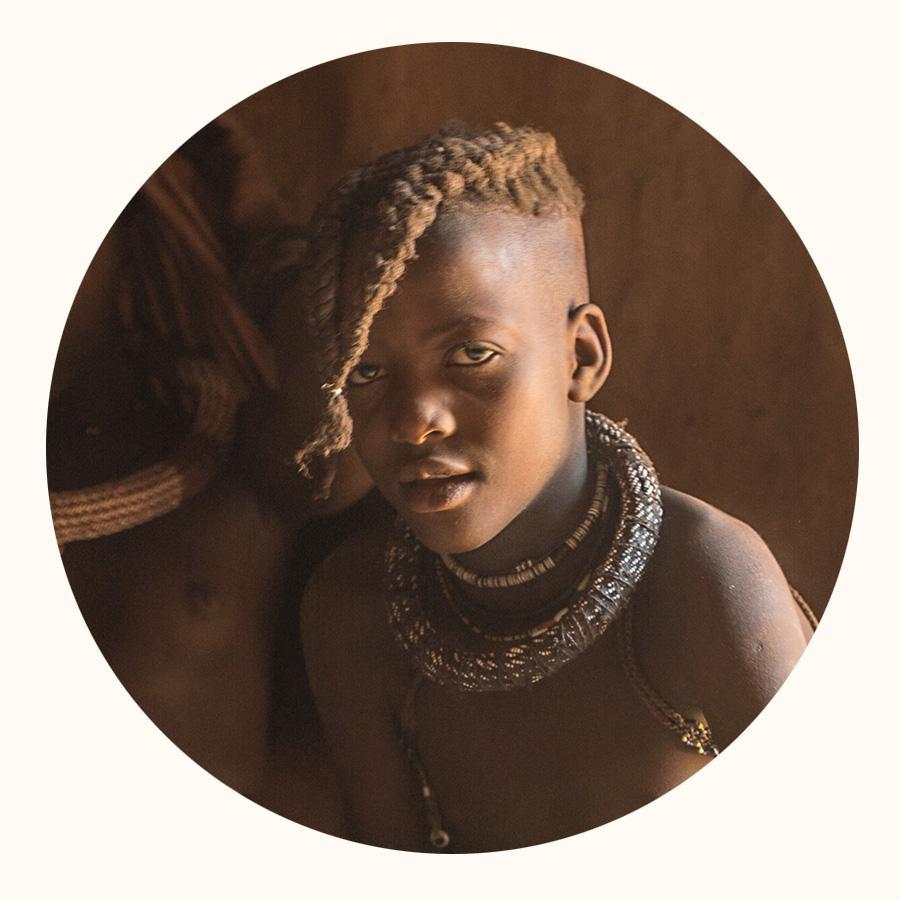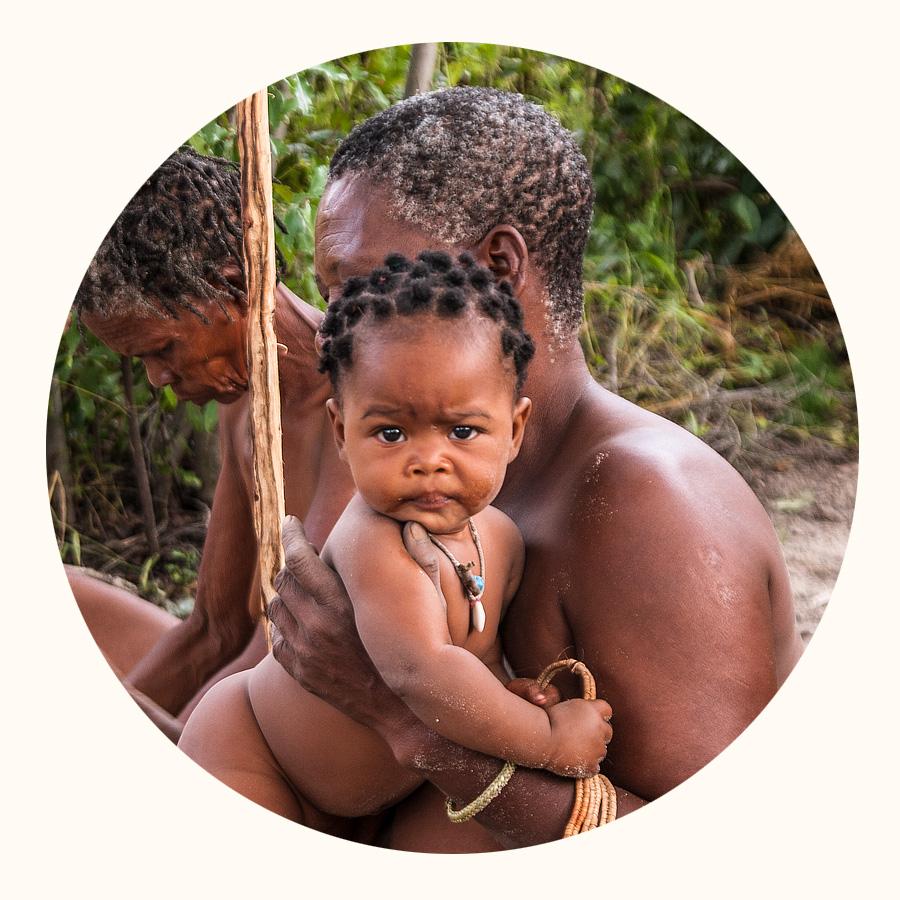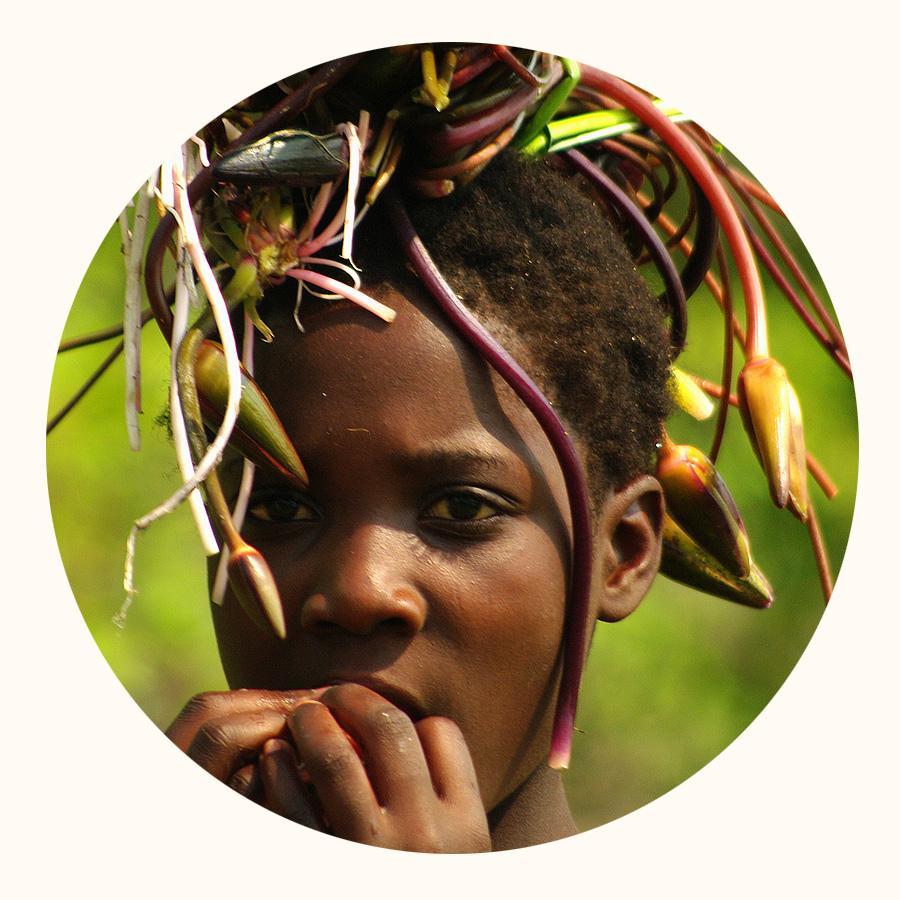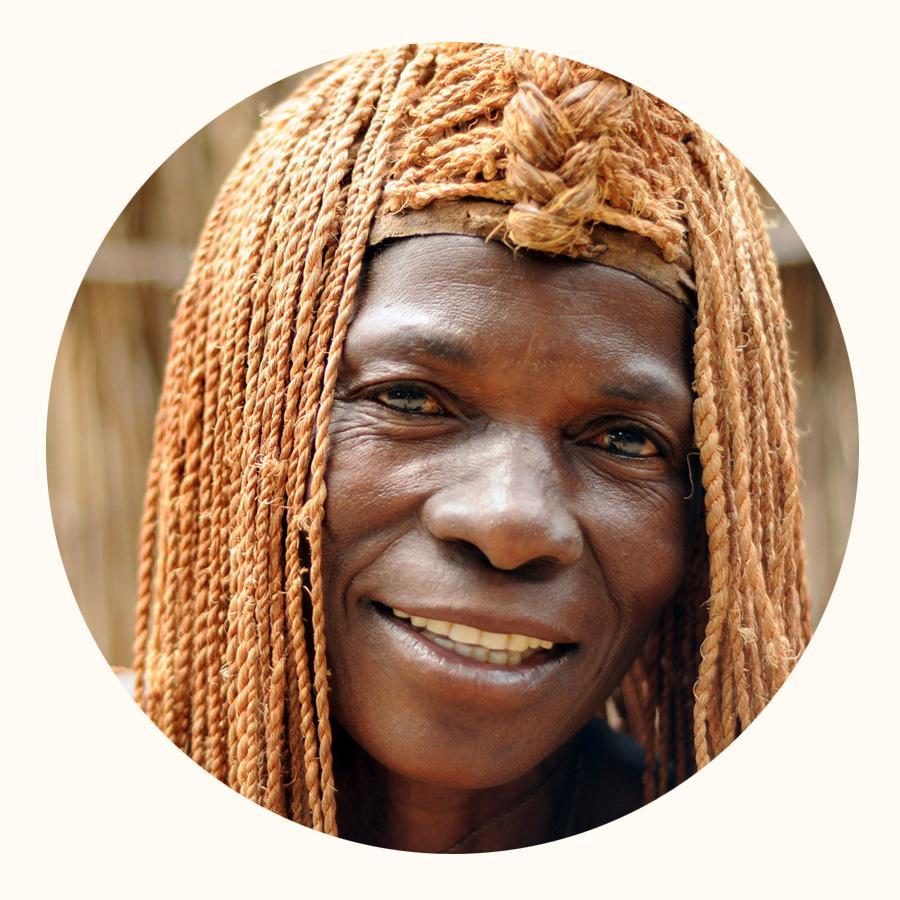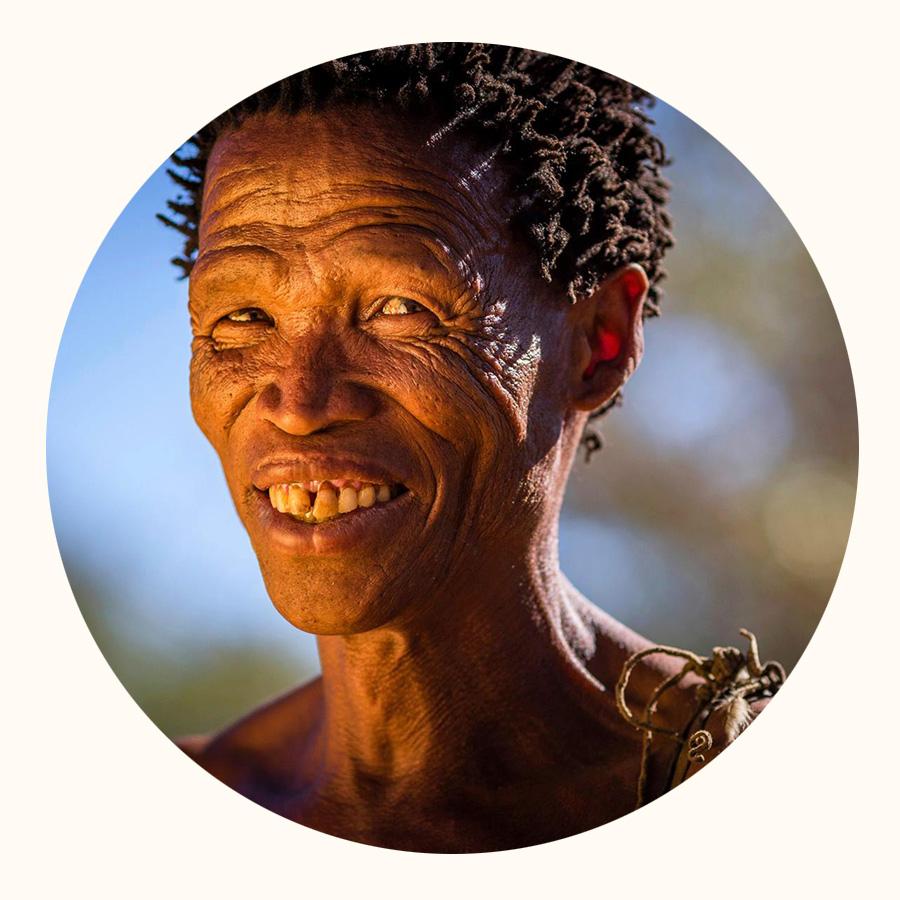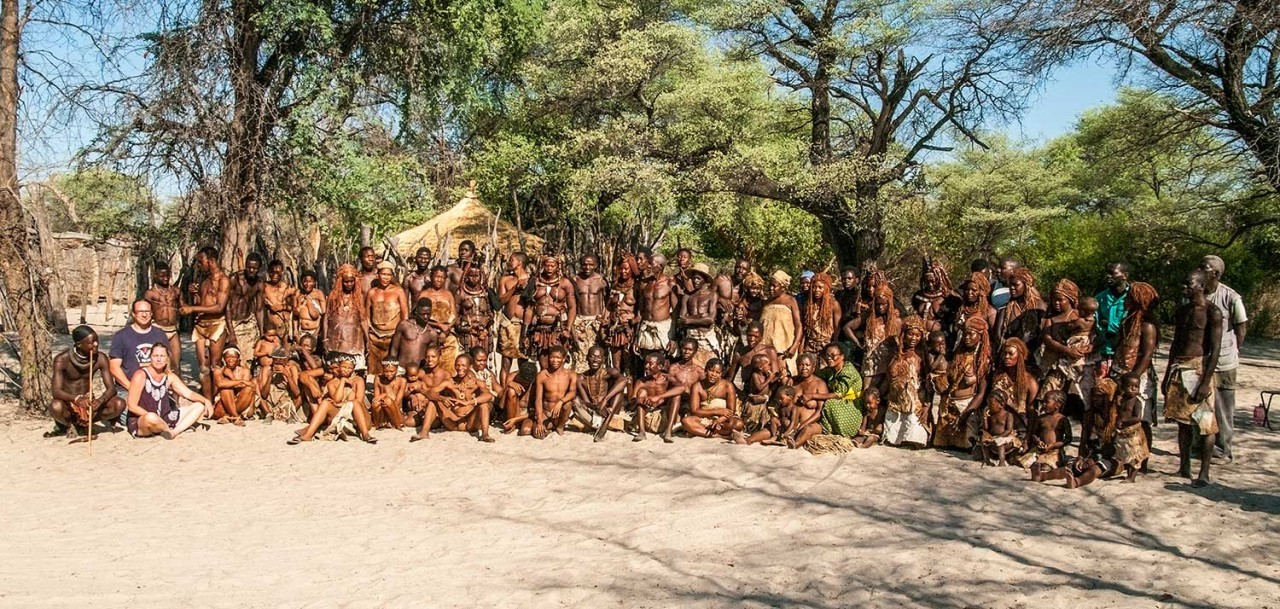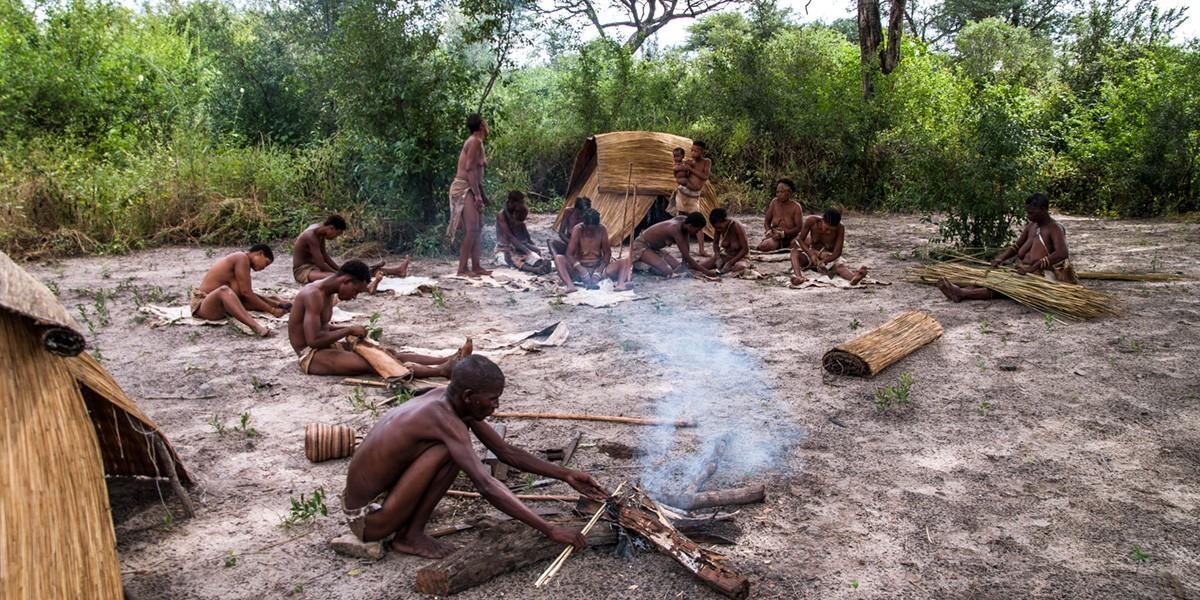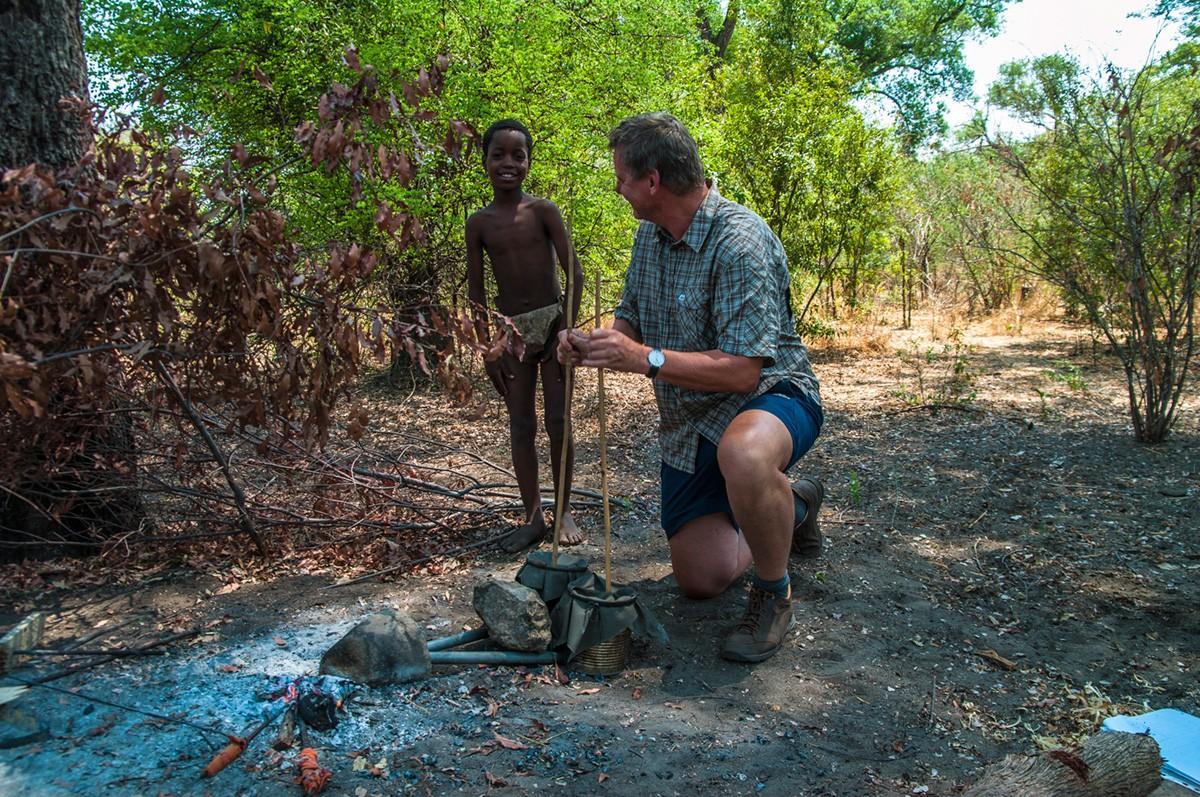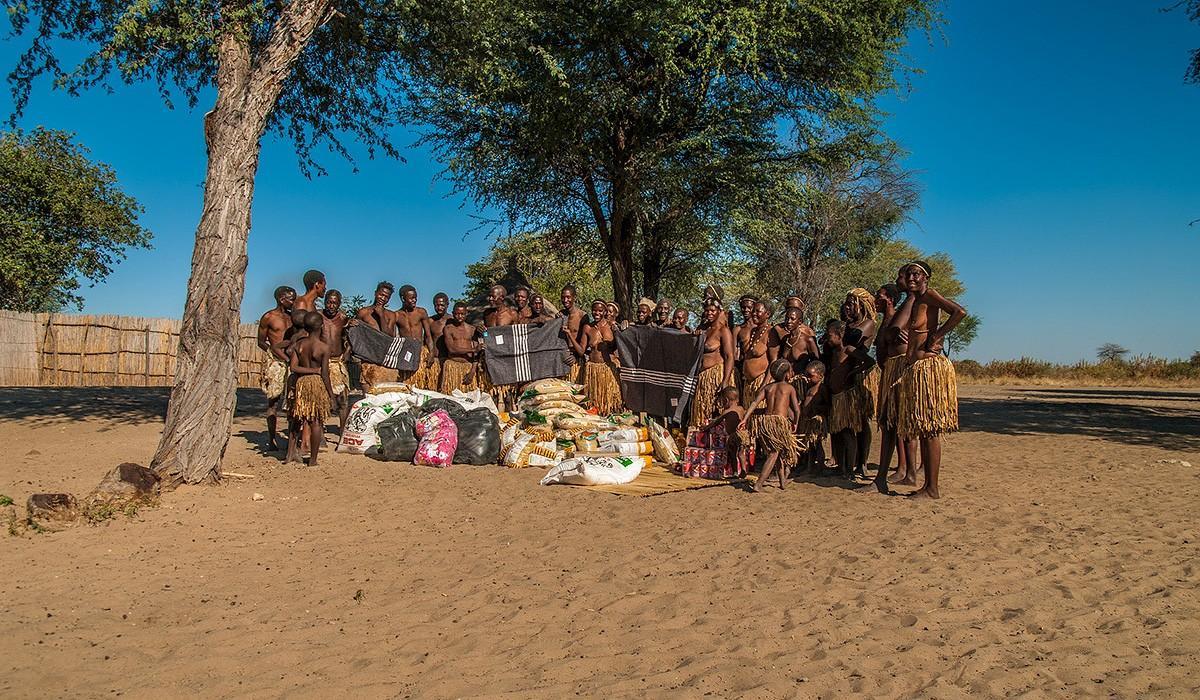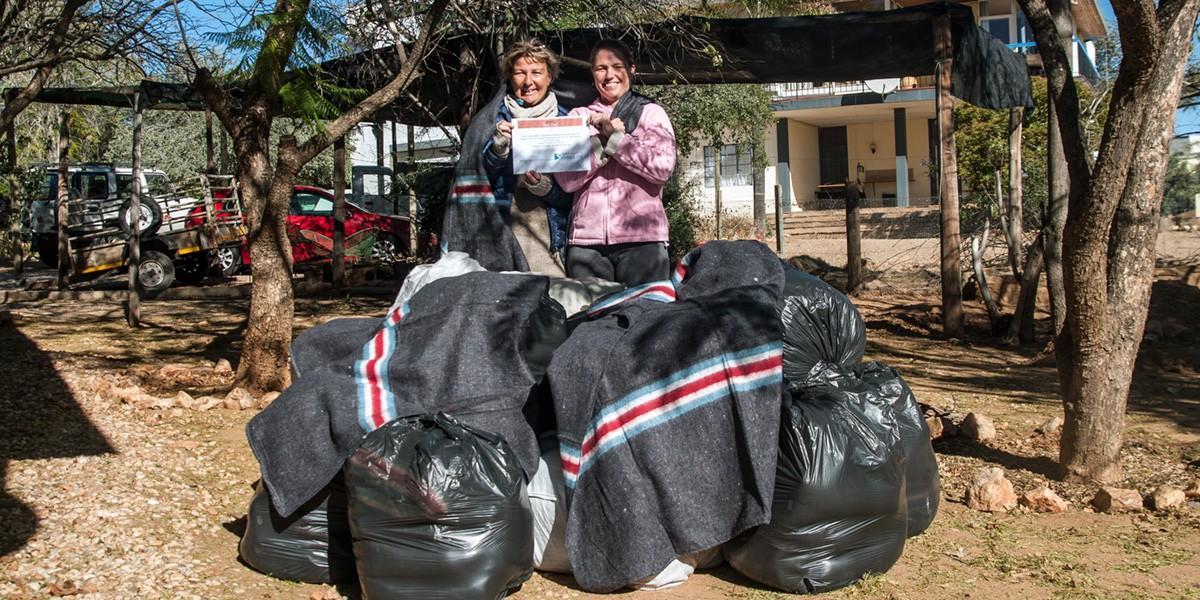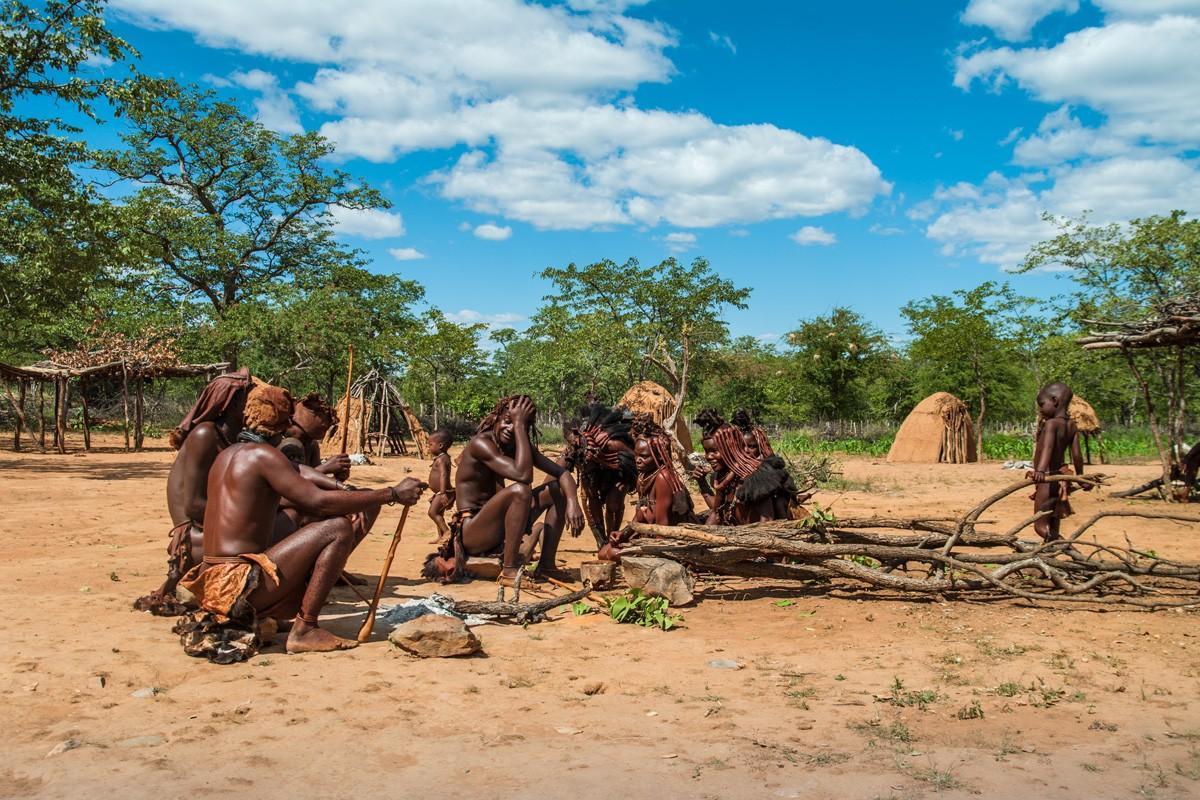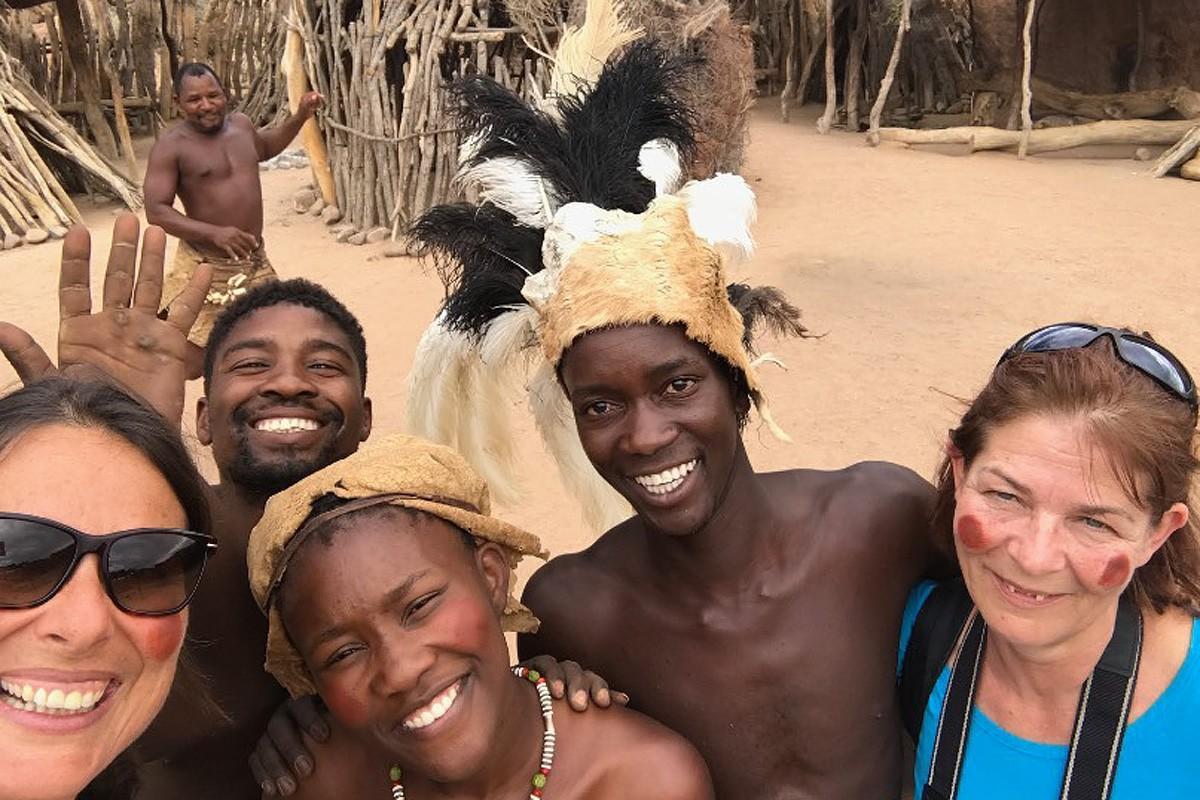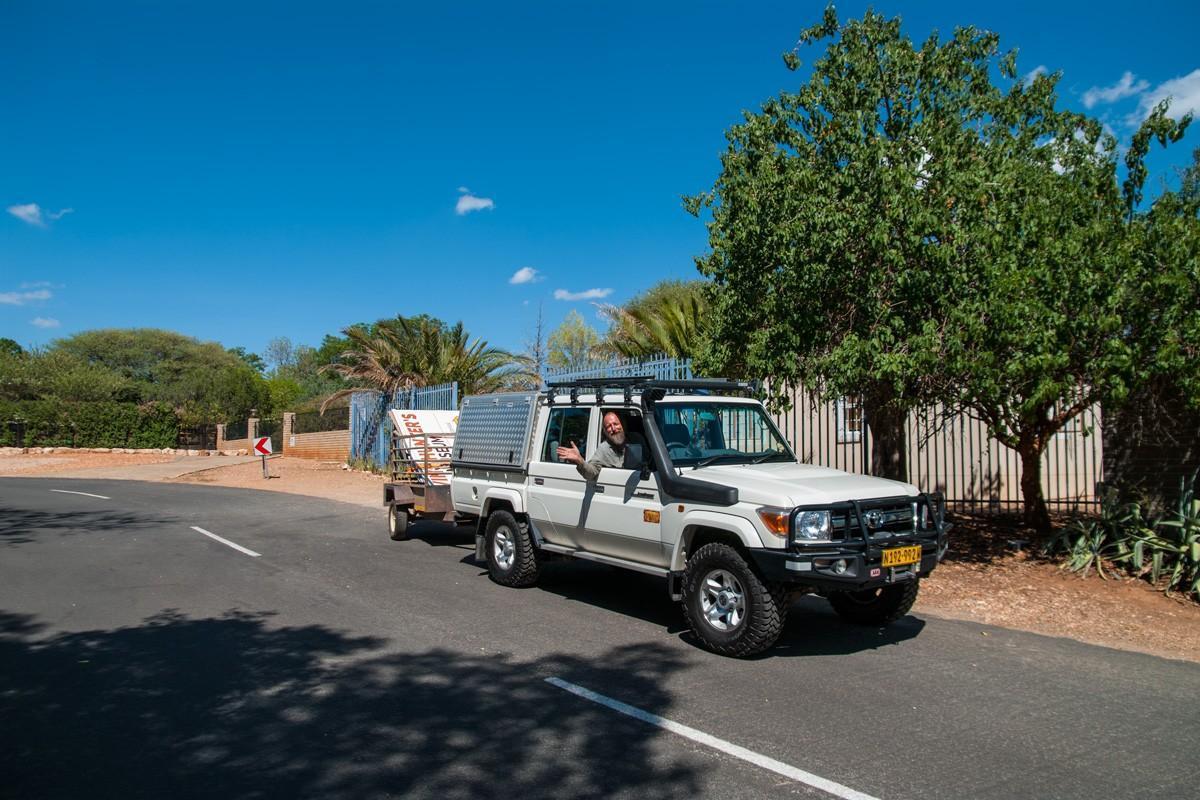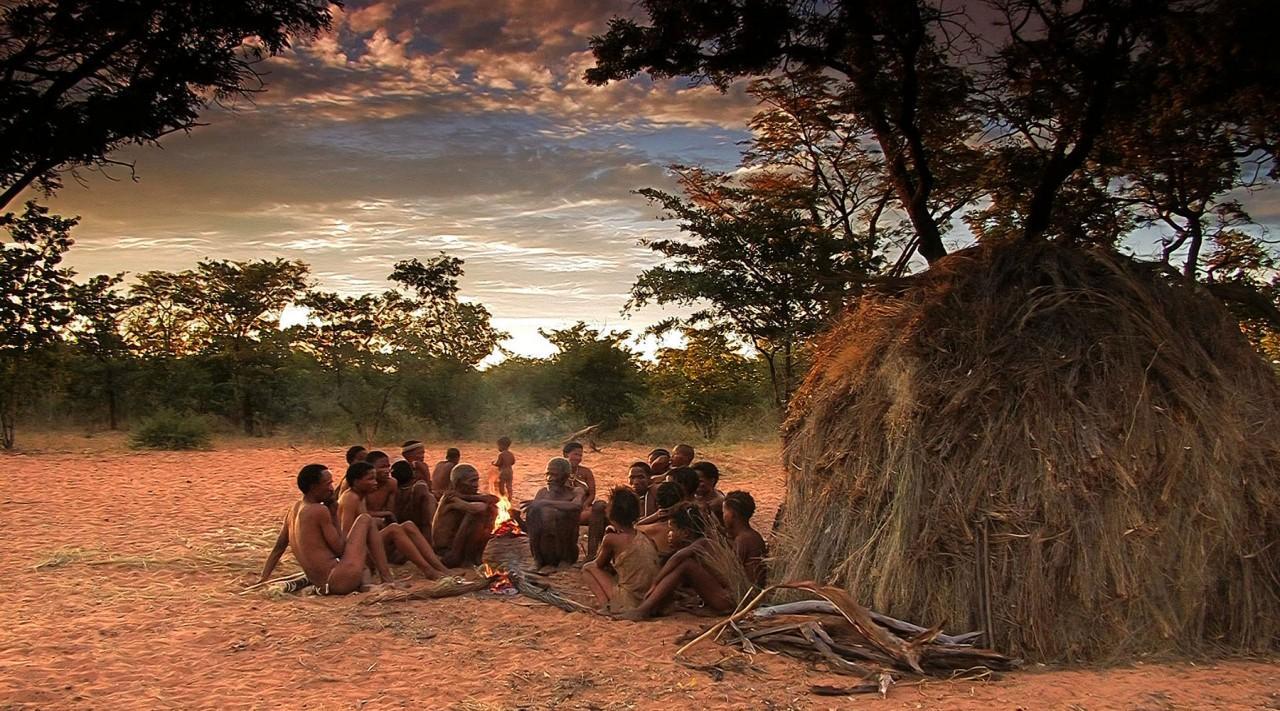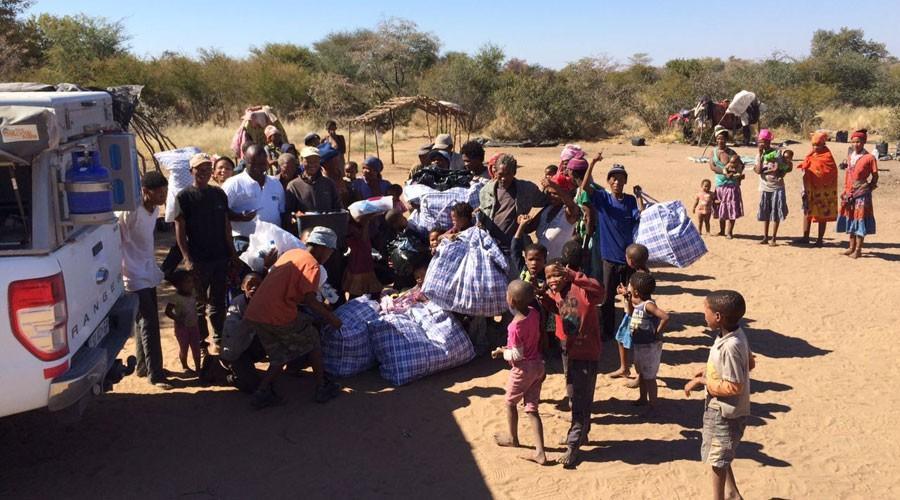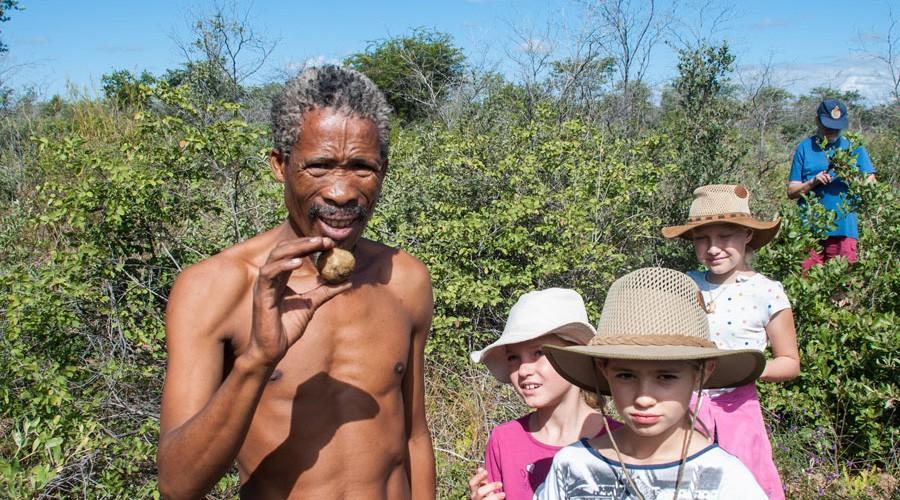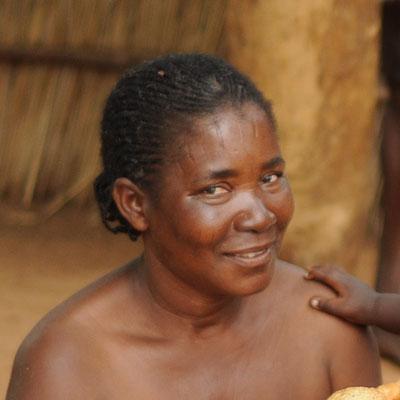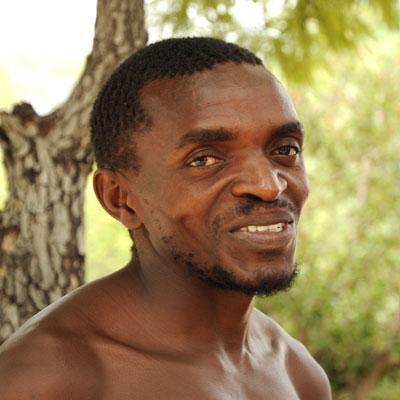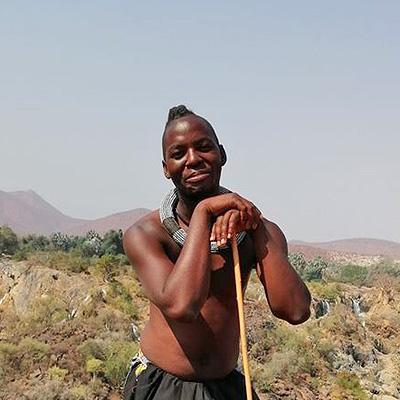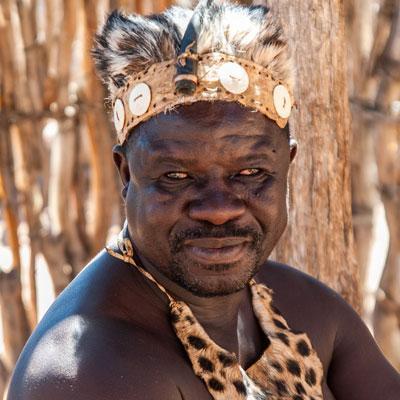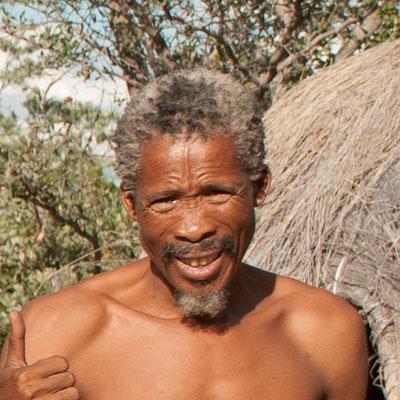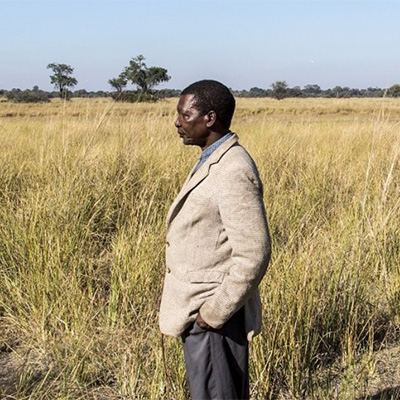During the last project tour, the idea of a traditional workshop at the Mbunza Living Museum came about. The aim of the workshop was to improve traditional craft techniques that originally played a role in the respective traditional cultures and are now demonstrated in the living museums, as well as to relearn lost techniques. Furthermore, the workshop should also contribute to intercultural exchange. It was the first time that members from all seven Living Museums came together.
The Living Culture Foundation Namibia is organizing a traditional workshop and music festival for all Living Museums from Monday, October 30, 2023 to Friday, November 3, 2023. The workshop will take place at the Mbunza Living Museum, approximately 15 km west of Rundu.
The Khwe museum project is developing in a very good direction. To maintain the positive tendencies, we organized a traditional workshop in the museum on March 24th and 25th, 2021. The aim of the workshop in March was, among other things, to make traditional clothing, tools and weapons. Furthermore, the museum program should be supplemented by other traditional activities. The activities are, of course, also focused on the motivation of the project group.
Read a project report from the LCFN project tour 2020 by Ralf Kühn and Sebastian Dürrschmidt with the visit of four projects.
We made it! In these testing times we have finally managed to deliver all aid supplies of our 6000€ fund raiser to the Living Museums.
Goal was to supply all Living Museums supported by us with basic food products to the value of 1000€ per museum to help the actors and their families to make it through this tourist and income free time.
Based on the Corona situation in Namibia we sent out a donation call for a Corona emergency package on Betterplace at the end of May. Currently we managed to collect donations of 4000 Euros, 2000 E are still missing so that every museum can receive food supplies of 1000 E. Here you can continue supporting us:
Corona emergency support on Betterplace
We also received numerous donations directly onto our foundation account. We are very thankful and impressed by the willingness to support us during these difficult times.
Great donation - 220 blankets for 220 museum actors
Through our call for support Alexandra Sacharow from Red Earth Safaris learned about our emergency project. Her German clients Jürgen and Brigitte of the German company Siebdruck Uth donated 220 blankets for 220 actors in the Living Museums to a total value of N$ 13.200. We also want to extend our hearty thanks to that!
We received the thick wool blankets just now - fittingly on one of the coldest winter mornings of the passed years here in Windhoek. Together with the food donations the blankets will be distributed to the Living Museums in the next few days - we will keep you informed!
Like everywhere else in the World the Corona virus has led to a collapse of the tourism industry in Namibia. The safety measures in Namibia began with the halt of international air traffic on March 15 and with the restriction of local travel and school curriculum on March 27 (Namibian Lockdown)
For the six living museums we support this means a total loss of all income since mid-March 2020. Neither international tourists (about 90% of museum visitors) nor local travelers or school classes were able to visit the living museums and the future is uncertain, as it is currently still unclear when international travel will be possible again. Local tours have been allowed again, but the Namibian economy is so weakened that hardly anybody is travelling.
The tourism in Namibia is at a peak in 2017 and 2018 and the Living Museums are visited by quite a number of people in the last two years. Here are our statistics for the last year 2017.
Here is the travelogue of Ulrike Laupichler, who won the Namibia holiday from the LCFN lottery:
We were greeted at the airport by the driver who took us to Africa on Wheels, where we were able to take over our Toyota Hilux 4x4. The car was equipped with brand new tires and carried us almost 3,000 km through Namibia without any problems
Werner will be at the Living Hunter's Museum and the Ju/'Hoansi-San Museum this week to help with the installation of new signboards and campsite add ons. Of course there will be some community meetings as well. End of the week Werner will also meet with a young group of Damara from the Spitzkoppe who might be interested in establishing a Living Museum. We will keep you updated.
On the occasion of our 10th anniversary we asked the managers of the Living Museums to give a short statement on how they see the work in their Living Museum. Here are the answers:
Brian Heyden, a tour operator from New Zealand who visits the Living Hunter’s Museum at /Xa//Oba annually, brought a special surprise for the villagers this year. He donated several bags of warm clothes, shoes and blankets to the Living Museum, ideal for the harsh winters of the northern Kalahari.
The New Zealand guests that went on a 3-week Namibia safari with Brian at the end of June bought all their camping equipment in Windhoek due to logistical reasons. After their visit at the Hunter’s Living Museum which the New Zealanders more than enjoyed, they decided to donate the complete equipment to the Bushmen after their tour.
Around midday we left the Living Museum towards the west to participate on a bushwalk together with the bushmen of the Living Hunter’s Museum. Although having been already several times on such a bushwalk with the San, every single time it is a wonderful, relaxing and exciting activity during which one is taken back to old times and one can imagine how the old bush life must have felt like. Thoughts start to wander. The stress and the everyday life seem far away and one starts to concentrate only on the essential things: But be aware of your steps, snakes, scorpions and other small animals are dangerous to step on. Now and then one of the San women discovered something special, e.g. Dchun (Walleria Nutans), which taste like old potatoes (that’s why they are called bush potatoes), the succulent root named “!ai!ai” (Raphionacme Velutina), which is essential for the old San’s survival or a sisal plant, known as “Oryx horn” or “Mother-in-law tongue”, which is used to make strings and ropes.
The almost meditative bushwalk had been constantly accompanied by lively conversations amongst the San. Often we stopped to analyze tracks of wild animals; we dug, picked and plucked. Suddenly a loud yelling and cheering, at first we thought a wild animal has jumped out of a bush. But no – one of the elder ladies jumped under a bush and started digging and revealed a small brown tuber.










